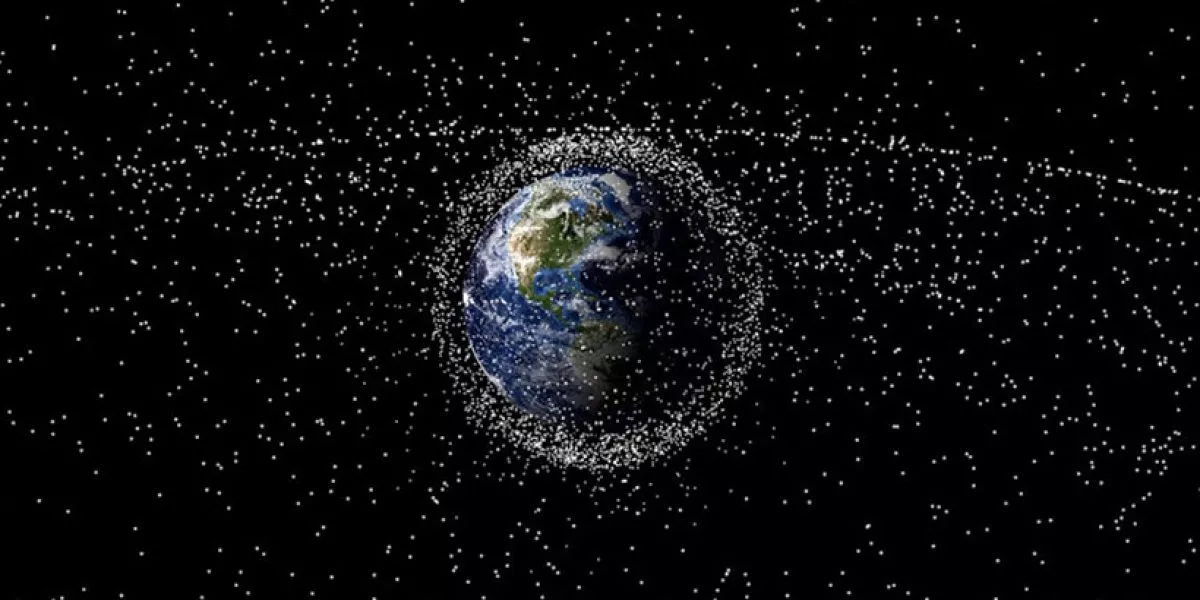Is Space Junk The World’s Next Bubbling Crisis?
Headlines surrounding the space industry in last few years have indicated a resoundingly positive outlook for the future of the industry. Between all the attention for notching landmark achievements in representation and all of the touting of the immense advancements in technology, it would be easy to think that the industry was one without any major issue, at least not from an internal point-of-view. However, ever increasing concerns regarding the amount of ‘space junk’ that continues to gather around Earth have been quietly building, threatening to undo all of the hard work that has been put in and the good will that has been built up among the public.
It is estimated that at least 36,000 individual pieces of debris currently orbit the Earth and as the industry experiences arguably its biggest boom since the height of the space race in the mid 20th century, one has to believe that if not soon addressed, the issue is going to become more and more of a talking point in the coming years. The whole thing might’ve come to a forefront of the international conversation just this week if not for a lucky escape, as the International Space Station (ISS), currently with several astronauts on board, was forced to take evasive action and narrowly avoided a potentially disastrous collision with a large piece of debris from an old launch, an incident that is far from isolated in recent times. While a similar incident earlier this year involving debris from a Russian rocket prompted head of the US Space Command General James Dickinson to point the finger and declare the European superpower’s practices as “irresponsible”, this most recent incident ironically involved debris from one of NASA Pegasus rockets, suggesting this is really an issue that a lot of nations and entities might need to be held to account. It is worth noting however, that the U.S and the United Nations have thus far been most vocal in calling for a push to develop a solution to the problem, possibly fearing that eventually the ISS might soon run out of luck on these close calls.
While the U.S and the UN have lead the charge pushing for increased regulations and preventing even more debris settling up there going forward, the U.S. Space Force’s SpaceWERX team have been working on ways to reduce the amount of debris already orbiting the world and causing problems. Their Orbital Prime program will look to incentivise other companies to assist in the clean up process, offering lucrative contracts to any entity with the capability to help remove as much of the tens of thousands of pieces of space debris as possible. Other solutions that have been tossed around include a winged aircraft called Fred, proposed by outfit Rogue Space Systems, which is designed to physically grab and push debris away from satellites and out of the Earth’s orbit. Swiss start-up ClearSpace has a similar concept, a spacecraft with tentacle-like arms which would push debris into the Earth’s atmosphere where it would disintegrate, though it is likely that neither of these solutions would be viable for some time.
That, time, is something , experts are saying we might not have a lot of, as many industry onlookers have begun likening the situation to the global climate crisis. “We need to actually put these systems that are known to work into orbit. The time for tinkering is over,” professes space junk monitor Darren McKnight of LeoLabs. And unfortunately, it would appear that if our handling of the climate crisis in the past few decades is anything to go by, it could be a complicated task getting the world to understand the urgency of the threats that the space junk crisis could pose.
Top image courtesy of Purdue University’s Space Information Dynamic Group.

